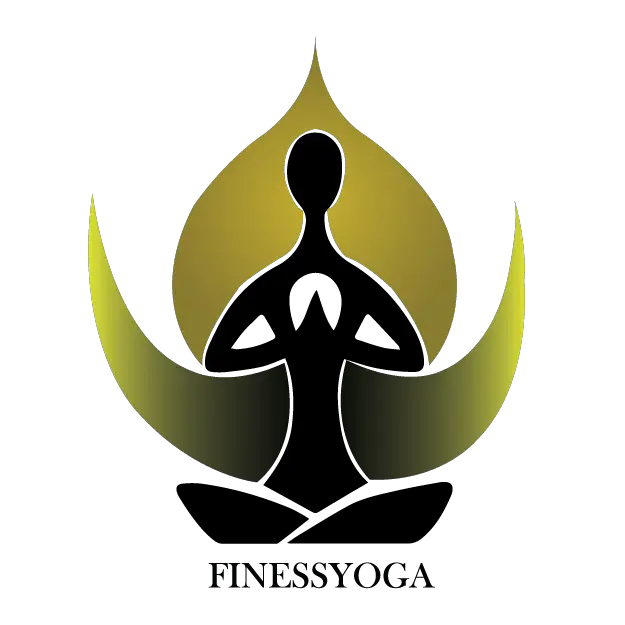Anulom Vilom known as Nadi Shodhan Pranayam in classic yoga texts is a breathing technique (Pranayam in Hindi) which have numerous benefits on human body. There is no ancient yogic text that goes without mentioning certain Pranayama. There are several of them but the two, Kapalbhati (Frontal Brain Cleansing Breath) and Anulom Vilom or Nadi Shodhan (Alternate Nostril Breathing) are the ones that have immense physical, mental and psychological effects. Just practicing these two combined with a healthy lifestyle and good diet can prevent the body from even the most minor health problem such as weak eyesight, high or low blood pressure etc.
Anulom Vilom Technique
Note: Length of inhalation and exhalation depends on the capacity of each individual. With regular practice, one can easily increase the time. Avoid straining during the practice.
Technique 1: Basic
- Sit in a meditation posture you find the most comfortable, ideally Sukhasana, Siddhasana, Vajrasana or padmasana.
- Keep the head and spine erect. Take slow breaths, close your eyes and relax the whole body.
- Place the left hand on your knee with the palm facing downwards or face the palm upwards and join the tip your thumb and index finger.
- Raise your right forearm and place the right thumb on your right nostril to block the passage of air through it. Or gently place the index and middle finger right in the center of your eyebrow and use ring finger to block the nostril.
- Take a slow and deep inhalation (count to 3) through your left nostril, don’t strain, breath as slow as you can comfortably.
- Release the thumb and block the left nostril using your middle and ring finger.
- Release your breath (count to 3) as slowly as you possibly can from the left nostril. Inhale the breath from the left nostril.
- Utilize your right thumb to block left nostril and let the breath out from the right one. This is one round of Anulom Vilom Pranayam.
Practice up to 5 – 10 rounds. If you find it hard to keep a track of rounds, notice the time. Begin with 5 minutes and increase to 10 – 15 minutes. It is important to practice Anulom Vilom for at least 10 minutes to see its effects on the body.
If you experience no difficulty after practicing for a week, add one more count to each inhalation and exhalation each week. Continue this way till you reach the count of 10:10 (10 counts while you inhale and 10 while you exhale).
Technique 2 : With Inner Retention
- Practice this technique only when you have become sufficiently good in the above one.
- Block your right nostril with your right thumb to inhale from left nostril (count to 5).
- Now retain the breath inside your lungs for the same count of 5.
- Block the left nostril with your fingers and exhale through the right one (count to 5 as you exhale).
Now your breathing ratio is 5:5:5; each for inhalation, retention and exhalation. Maintain this ratio for a week. Just like the above technique keep adding one extra count each week till you attain a ratio of 10:10:10. If you experience any discomfort reduce the number of counts and wait for more days to increase it.
Practice Tips
- The duration of inhalation must be equal to that of inhalation. Count to three (or more) for each inhalation and exhalation in order to keep the duration same. Counting will also help you stay alert during the practice.
- Some people get confused about when to change the nostril; remember that the nostril must be changed after each inhalation.
- Don’t force the breath. It takes a lot of practice to take long and deep inhalation and exhalation in Alternate Nostril Breathing.
- Respiration must be very comfortable and relaxed during Anulom Vilom. If you struggle to breathe you may be straining yourself unknowingly. Be easy with your breaths.
- Change the arm if you begin to feel tired or take the support of your palm below the elbow.
Precautions
- Never practice Pranayam when you are sick or have recently recovered from illness.
- People who suffer from heart problems must not take too long breaths. Practicing with the ratio of 3:3 will be instead beneficial for them.
- Technique 2 must be completely avoided by people with heart problems, emphysema (a condition that causes shortness of breaths), high blood pressure or any severe illness.
- Pregnant women must avoid technique 2 in the later half of their pregnancy.
Anulom Vilom Benefits
- Anulom Vilom has calming effects on the mind and body.
- Makes the person more alert and mentally active.
- Air outs the toxins from the body and supply high amount of oxygen to the lungs.
- Balances nervous system and improve the overall functioning of the body.
- Provides relaxation, relieves stress, anxiety and improves concentration.
- Cures hormonal imbalance and makes the practitioner emotionally strong and healthy.
- Beneficial for those who suffer from nervous and cardiovascular disorders.
- Deep respiration gives relieves to those suffering from asthma, bronchitis and emphysema.
- Purifies nadis or pranic energy channels hence increasing oxygen supply to the body.
- Inner retention in Technique 2 activates different brain centers.
Stay healthy stay strong and get the best out of life.
Recommended articles:
- Chakrasana (Wheel Pose): steps, cautions & benefits
- Matsyasana (Fish Pose) l Benefits of Matsyasana
- Pawanmuktasana (Wind Relieving Pose) meaning, steps, precautions & benefits
- Gomukhasana (Cow Face Pose) meaning, steps, precautions & benefits
- Kandharasana (Shoulder Pose): steps, precautions & benefits
- Shashankasana (Rabbit Pose) meaning, steps, precautions, & benefits
- Paschimottanasana (Seated forward bend) steps, precautions & benefits
Let us know if you are willing to practice Anulom Vilom. If you do already; leave a comment if you find this article useful.
Thanks for reading. Hope you visit again soon.


